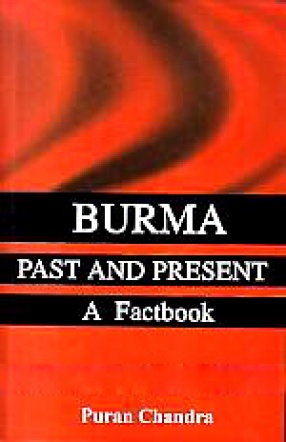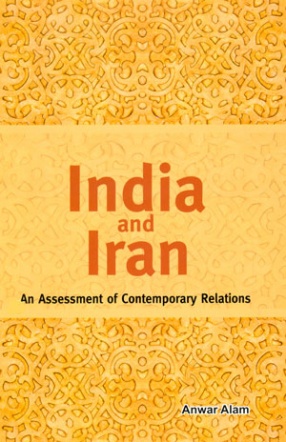From James Rennel’s Survey of Bengal (1765-71) to George Everest’s retirement in 1843 as Surveyor general of India, geography served in the front lines of the British East India Company’s territorial and intellectual conquest of South Asia. In this fascinating history of the British surveys of India, focusing especially on the Great Trigonometrical Survey (GTS) undertaken by the Company, Matthew H. Edney relates how imperial Britain employed modern scientific survey techniques not only to create and define the spatial image of its Indian empire but also to legitimate its colonialist activities as triumphs of liberal, rational science bringing ‘civilization’ to irrational, mystical, and despotic Indians. The reshaping of cartographic technologies in Europe into their modern form, including the adoption of the technique of triangulation (known at the time as ‘trigonometrical survey’) at the beginning of the nineteenth century, played a key role in the use of the GTS as an instrument of British cartographic control over India. In analysing this reconfiguration, Edney undertakes the first detailed, critical analysis of the foundations of modern cartography.
Burma: Past and Present: A Factbook
$52.20
$58.00





There are no reviews yet.